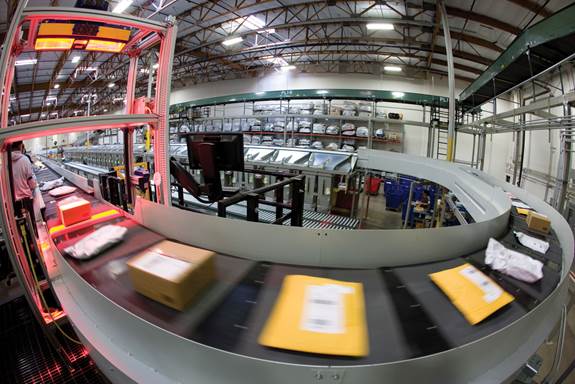Launching products in an international market, especially an emerging market, is a complex task that requires thorough knowledge of regulations and other requirements at a local level. As a result, maintaining compliance throughout the supply chain is a key concern for medical device manufacturers. In a recent Q&A with MedTech Intelligence, Josh Cannon, UPS director of healthcare strategy, discussed supply chain strategies that device companies should implement when doing business at a global level.

MedTech Intelligence: What challenges do you see medical device companies facing when they seek to enter new global markets?
Josh Cannon: Medical device companies seeking to enter new markets continue to struggle with regulations imposed by the countries with which they do business. Regulations such as European Good Distribution Practices and European Medical Device Directives are requiring medical device manufacturers to look more closely at how the packing and storing of their goods may affect their overall performance and ensure that their use will not be adversely affected during transport.
Inventory management is another challenge for medical device manufacturers. A lack of visibility and product control can lead to extensive cost of capital, logistics challenges for the field sales teams, and the possibility for field inventory to be held out of compliance.
In terms of pricing pressures, increasing competition by generic medical devices, taxes on medical devices, and reimbursement limits are putting significant pricing pressures on premium-device manufacturers. Purchasing decisions that were once made by surgeons are now more likely to be centralized and made by hospital procurement departments.
MIT: What strategies should manufacturers implement to address cost constraints when distributing products at an international scale?
Cannon: Finding new efficiencies means looking at every aspect of the user experience and successfully harmonizing it with the needs to save costs.
As cost pressures, regulatory oversight and global market access demands continue to grow, so does the need for medical-device manufacturers and distributors to form strong partnerships to optimize supply chain strategies. As more medical device companies look to go global, providing safe, reliable logistics will become even more important to meet growing demands. Just as important is complying with regulations across borders that are often complex and time-consuming. A harmonized global network with end-to-end visibility will optimize inventory carrying cost and logistics spend.
Shipping delays, packaging breaches and other risks must be effectively planned for as much as possible before they happen to ensure product protection. Partnering with a world-class 3PL [third-party logistics provider] with innovative solutions to mitigate risks and navigate a complex regulatory environment allow medical device companies to spend more time focusing on core business objectives.
MTI: Are there specific technologies that companies can leverage to help mitigate regulatory and security risks overseas?
Cannon: UPS works closely with clients to help them assess the risks inherent in their supply chain. We work to streamline the supply chain, leveraging our integrated multimodal network to reduce unnecessary hand-offs and implement visibility technologies and intervention capabilities when products are at risk. Risk mitigation and visibility solutions give customers ample visibility throughout the supply chain, the ability to address potential issues before they happen, and a more optimized logistics experience for medical devices to mitigate risks and enhance product security. Furthermore, UPS healthcare facilities provide product protection through healthcare-compliant storage conditions coupled with state-of-the-art security systems, including restricted-access vaults for protecting high-value healthcare products.
Visibility of surgical kits from the sales representative to the operating room is becoming an opportunity to improve customer service through mobile technology.
MTI: Can you share any other insights on how manufacturers can effectively work with a 3PL?
Cannon: Medical device manufacturers can gain better visibility through collaboration with a 3PL that has a compliant medical device field stocking location (FSL) network. Tapping into an FSL network takes inventory out of field sales reps’ vehicles and garages, and puts it close to patients in facilities with tracking and monitoring capabilities.
Firms need to leverage asset-light solutions. Look for capabilities in a 3PL partner that improves efficiency across the supply chain. For example, implantable device manufacturers provide surgeons with instrument trays and tools that are traditionally managed by the manufacturer representative. These kits require component replenishment, decontamination, and instrument testing post-surgery — all logistical tasks. UPS opened a loaner kit processing site that features a decontamination and replenishment service for healthcare companies. Using visibility solutions, the site has a closed loop inventory system that allows manufacturers to get kits back into the operating room quickly and efficiently.
Aligning the supply chain to the strategic vision of the organization can be a key element for optimized logistics and marketplace success. Today’s changing environment provides the right opportunities for medical device companies to rethink quality controls and to streamline processes. Organizations that embrace change, shifting trends and regulations, and challenge their operational status quo will be better positioned for growth and to meet global healthcare demands.






